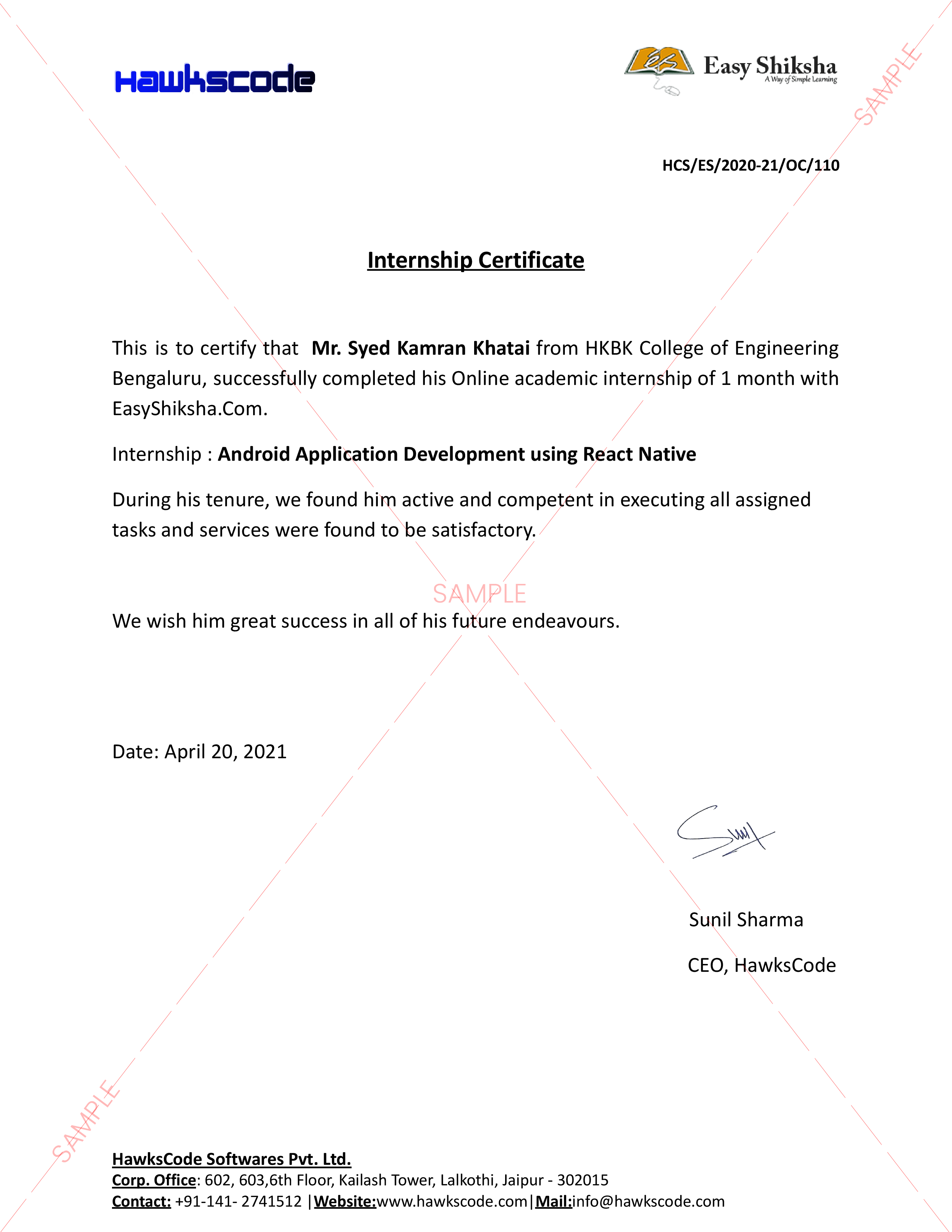The earlier you start preparing and saving for retirement, the more potential you have to maximize your funds and meet your retirement objectives since retirement planning is a long drawn-out process. Your personal financial goals, risk tolerance, investment horizon, and the use of instruments that can produce returns that can outpace inflation should all be carefully considered when calculating the amount of money you will need to save in order to live your golden days.
ALSO READ: FEEL GOOD THIS SUMMER WITH BLOSSOM KOCHHAR AROMA MAGIC
The RBI hiked the repo rate by 25 basis points to 6.5% in its most recent monetary policy on February 8. Despite core inflation, which the RBI continues to find difficult to control, keeps India’s CPI over the 6% barrier. The annual consumer price inflation rate in India shrank mildly from 6.52% in January to 6.44% in February of 2023, and it continued to be above the Reserve Bank of India’s target of 2-6% for a second consecutive month. As a result, the majority of economists predicted a 25 bps uptick in the key repo rate, the rate at which the RBI lends to banks.
Individuals who are preparing for retirement in the high-inflation environment of today should allocate their funds wisely. Considering an equity-debt mix portfolio for retirement, individuals may contribute to mutual funds, Unit Linked Insurance Plans (ULIP), and the National Pension System (NPS). These instruments tend to generate long-term returns that outperform inflation. As the inflation rate is typically 6%, these instruments will provide you with positive returns consistent with your risk tolerance.
You should assume positive returns from these instruments depending on how much risk you can take. The CAGR for the Nifty 50 during the last ten years has been around 13%; over the past fifteen years, it has been 12.58%; and over the past twenty years, it has been 12.14%. Making a diverse portfolio of equity-related investments in the long term, such as mutual funds, stocks, and so forth, may provide you with long-term returns for your retirement. If you are a moderate investor, you can choose hybrid funds, solution-oriented funds, multi-asset funds for your equity-debt mix portfolio. If your risk tolerance is higher, however, you can explore equity mutual funds because they have a 5-year CAGR record of above 16%.
The most popular equity-debt mix instruments are NPS and ULIPs since NPS has offered returns of over 10% in 10 years and over 13% in 5 years, while ULIPs have given up to 18% returns in 10 years. Apart from their long history of outperforming inflation in terms of returns, these 2 instruments are also eligible for tax benefits under Section 80C of the Income Tax Act of 1961. As a result, taxpayers who invest in these plans might save up to Rs 46,800 annually on taxation.

Small savings schemes like SCSS and PPF, as well as other fixed income products like VPF, RBI Savings Bonds, Sovereign Gold Schemes, and fixed deposits, are available to investors with conservative risk profiles. Given the ongoing uptick in the repo rate, the majority of bank fixed deposit interest rates are now between 7 and 8.5%. On the other hand, the government has accelerated the interest rates on small savings programmes by as much as 70 basis points for the April–June 2023 quarter. As a result, using the above-recommended scheme, one can produce long-term returns that outperform inflation while also receiving favourable tax treatment.
Retirement planning can be made based on your age when it comes to having a mix of debt and equity in your portfolio. So, the term “asset allocation by age” suggests that you may determine your debt allocation by your current age. If you are 30 years old, 70% of your portfolio should be equity-oriented investments, and the other 30% should be allocated across debt funds and fixed-income securities. Start a systematic transfer plan (STP) to limit your exposure to equities in proportion to your growing age and provide a favourable risk-reward ratio during retirement to meet this recommendation. In order to meet your income or emergency needs, you can also use a systematic withdrawal plan (SWP) to withdraw units from your debt securities.
Investors should be aware that when relying on an equity-debt portfolio, equity investments have a higher risk but higher reward while debt securities offer security, carry lower risks but lower returns than equity, and stabilise the portfolio in a volatile market. Risk is the key difference between equity and debt funds; for example, equity has a moderately high to high-risk profile than debt which holds a low to moderate risk profile. Debt funds invest primarily in debt and money market instruments, whereas equity funds invest primarily in shares of companies and related securities that trade on the stock market, hence equity exposure acts as a hedge against inflation and debt exposure enables liquidity to your portfolio and also acts as capital protection.
Authored by Ravi Singhal, CEO, GCL Broking
This year Educate yourself and develop your career with EasyShiksha.

































































